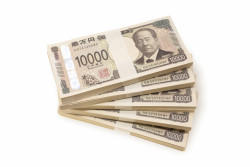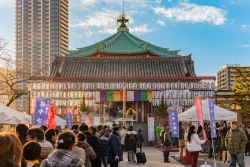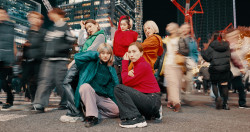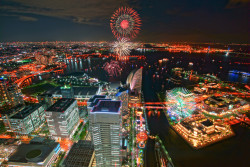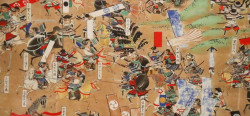
Originally published on metropolis.co.jp on June 2013


The caipirinha is a simple drink. Brazil’s answer to the mojito—minus the mint and using distilled sugarcane liquor, cachaça, instead of rum—is a strong, icy-cool libation perfect for sipping when the heat and humidity of the Tokyo summer closes in. And Caipirinha Bar in Roppongi has more than 30 unique variations of the drink ready to slake your thirst.
This welcoming B1 bar below the mean streets of Roppongi has more caipirinha varieties than it does seats, but it’s fast become a hangout for the Brazilian community and enlightened Japanese and foreigners since opening in March. Though you’ll need to walk the gauntlet of touts that loiter just this side of Roppongi Crossing, once inside this cozy and inviting space, it all seems miles away.
We started with an original caipirinha (¥1,200)—fresh lime, lemon and sugar muddled with cachaça and poured over crushed ice—and settled in. The deep blue and green walls, white counters and light yellow tiles evoke the four colors of Brazil’s flag, while the soft brown chairs and potted palms give an added jungle element. Keeping with our tropical rainforest theme, we ordered a cupuaçu caipirinha (¥1,300). The pulp of the fragrant South American fruit (related to the cacao), tasted vaguely pear-like, though we also noted shades of banana and pineapple—and even a hint of chocolate. With more fruit and less sugar, it pleased all around. Sticking with the same region we tried an açai berry caipirinha (¥1,500) that tasted more like a fruit smoothie—though slightly bitter and with a substantial texture created from the dark violet flesh of the fresh-blended berries.
We strayed from the true caipirinha with the Napolitana (¥1,500), which manager Hiroshi told us was in fact inspired by the pizza. Eschewing cachaça for a basil-infused vodka, lemon, tomato, grated cheese and salt, this morning-friendly drink was much like a Bloody Mary—including being slightly bland. A little Tabasco fixed that. Sill looking for something spicy, we ordered the wasabi version (¥1,300) if just to satisfy our curiosity. While it didn’t make our eyes water (the way we like it), it was suitably dry, like a vodka and soda with a little kick.
The bar filled steadily with many ordering finger food as well as draft and bottled beer (¥1,000). We were informed that the private VIP room at the end of the bar also came with karaoke, champagne and included a top-shelf menu featuring upscale brands of cachaça and food service. Live sports events are broadcast on the bar’s four large TVs—with mostly Brazilian staff and Japanese customers, this is all about football. But most nights it’s Latin pop and dance music that rumbles out of the deep—but not overpowering—sound system. On weeknights from 8-10pm they offer a happy hour of half-price drinks including their centerpiece cocktails and various variations, like the above vodka-based caipiroska and the Japanese remix—the saquerihna (both ¥1,200).
While we couldn’t try all the varieties (mango, coconut, banana and chocolate, yuzu, ginger mint, and more), we did our best. Then, like the fighters in the capoeira photos on the wall, we danced out of there a little punch drunk, but determined to finish the job next time.


